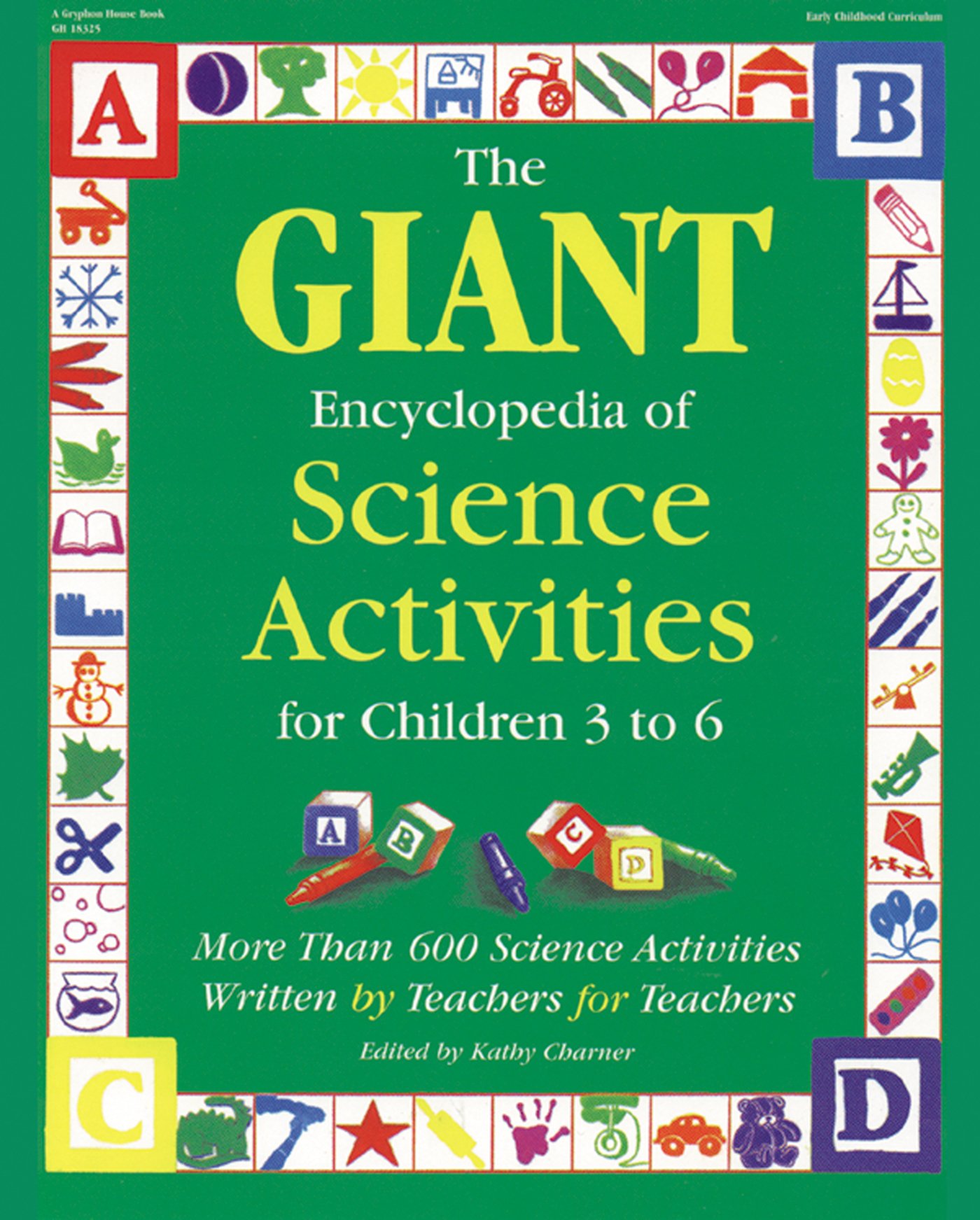Materials
Large yellow poster board full moon, 3' (1 m) across
Dark blue and black scarves
Large white poster board stars, 14" (35 cm) across, with silver glitter glued on
Small white or silver paper stars, 5" (12.5 cm) across, glued to end of a 12" (30 cm) dowel
Red and/or orange circles, 6" (15 cm) in diameter, with red, orange and gold crepe paper streamers, taped to ends of 12" (30 cm) dowels
Instructions
1. While the children sit in a circle in a large open space, teach the poem "Star Light, Star Bright": Star light, star bright, the first star I see tonight. I wish I may, I wish I might, have the wish I wish tonight.
2. Pretend the sun has set and night has come. During the day, we usually see the sun. What do we see at night that is sometimes in the shape of a circle? Let's put our full moon up high on the wall or hang it from a wire. What color is the sky at night? Why is it dark? What other things might you see in the night sky (stars, clouds, airplanes, etc.)? If the children do not mention shooting stars and comets, ask them if they have ever seen a shooting star. What does it look like? What about a comet? What does it look like?3. Divide the children into four groups. Explain to them that they are going to make their own dark night sky by swirling scarves in the air. Demonstrate for them by moving about in the open area, swirling a scarf all around. Move Group 1 to an open space and let each child in this group practice swirling a scarf in the air to make the night sky. After a short practice time, ask them to sit down and put their scarves on the floor behind them. Note: Be sure the children understand that your way of moving is not the only way. Their sky does not need to look exactly like yours. Encourage them to be creative.
4. Let's put some stars in our night sky. Demonstrate by holding a large star at chest height and slowly moving it up, down and around as you walk through the open area. Give Group 2 time to practice being stars. Then ask them to sit down, placing the stars on the floor behind them.
5. Add the shooting stars and comets. Demonstrate a shooting star by quickly moving the star through the sky and down a couple of times. Demonstrate a comet by moving through the space quickly holding the comet above your head so that the streamers trail behind. Give the shooting stars and then the comets time to practice. Sit down and place the star or comet on the floor behind them.
6. If your space is large enough, invite all the children to stand up with their props and tobecome the night sky altogether!7. After each group has practiced its part, let the children rotate to another group. Every child should have a chance to be the sky, a star, a shooting star and a comet. At the end, collect the props and return to the circle. Say the "Star Light" poem once more.More to doArt: If you like, you could engage the children's imaginations by letting them help construct the props for this activity.More science: You can expand on this activity in many ways, depending on the interests of the children, for example, discuss where the stars are during the day, why the moon is not always full and constellations such as the Big Dipper. * Send a note home to parents with suggestions of things to look for on a clear night with their child, for example, the North Star, Big Dipper, shooting stars, satellites, etc.
